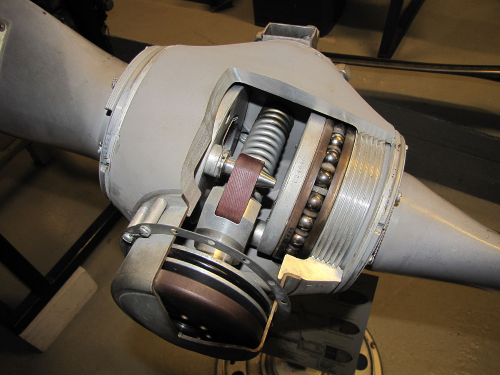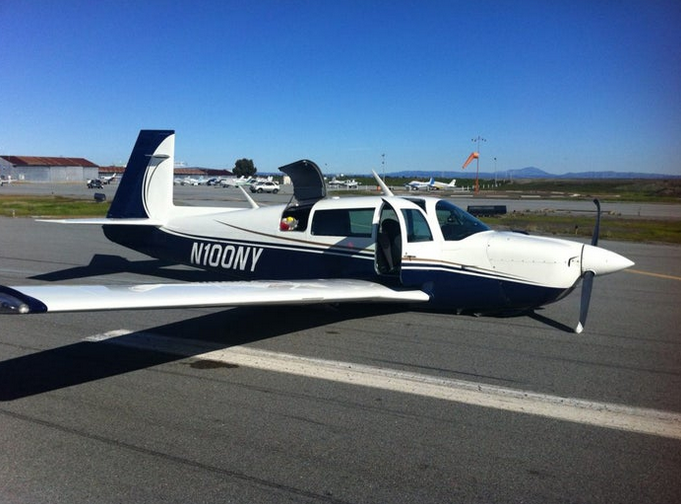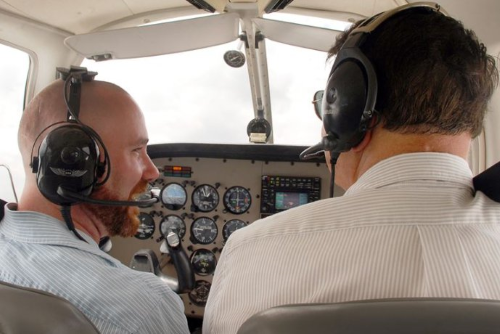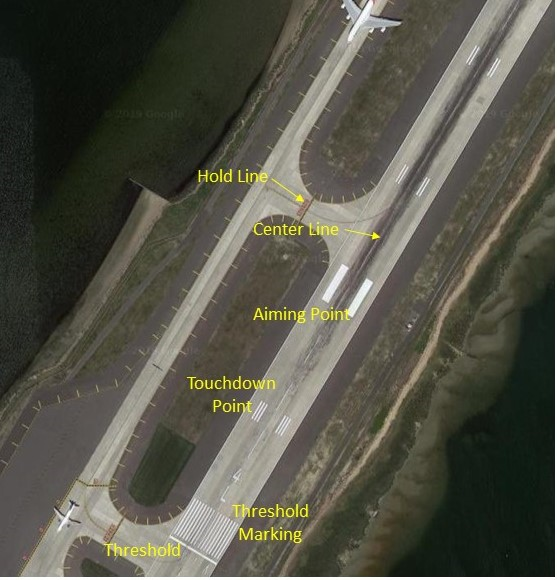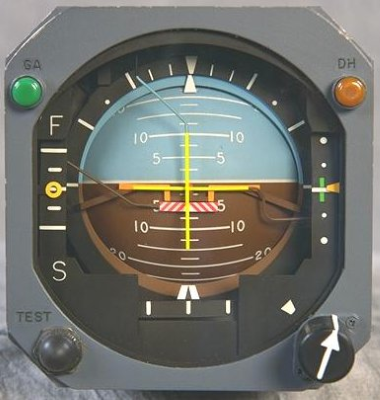Fixed Pitch propellers are fine and dandy for most low performance bug-smashers, but as power and performance increases, there needs to be a better way to get that power into the air. As power increases, a fixed-pitch propeller either needs to increase in size, or a different propeller with a steeper pitch must be installed. Read More…
Featured Articles
GUMPS Check Explained
Every pilot is familiar with checklists. Even on the simplest aircraft, there are tasks and actions that should be accomplished before, during, and after a flight. Omitting or forgetting a key step can result in poor performance (leaving flaps down or mixture rich) or damage to the aircraft (failure to extend landing gear or advancing Read More…
Biennial Flight Review Explained
To start off this article, we thought it would be important to quote the exact FAA’s requirements for the Biennial Flight Review, or BFR. Here it is below: “Federal Aviation Regulations § 61.56 Flight review. (a) Except as provided in paragraphs (b) and (f) of this section, a flight review consists of a minimum of Read More…
Runway Markings Explained
As pilots taxi to or from takeoff or landing, especially at major commercial airports, markings on the taxiways and runways provide important guidance. Under normal operations, this guidance is mandatory, so pilots must recognize and know what these markings mean. Here we describe the runway markings in approximately the same sequence the pilot would see Read More…
Instrument Proficiency Check (IPC): IFR Currency Explained
All pilots are subject to flight reviews to check their skills, as well as maintain their privileges to fly. Private pilots through Airline Transport Pilots (ATPs) must undergo a Biennial Flight Review (BFR) or other, often more frequent reviews, to maintain their flight privileges. The Instrument Proficiency Check (IPC) is a flight review for pilots Read More…

